A raised bed is a good option for growing okra. The maintenance becomes easier if you plant in a raised bed. Weeding and pests become a smaller problem for your plants after building a raised bed.
The interesting thing is that you can maintain the fertility of soil effortlessly. You can get rid of bending and kneeling and keep an eye on your plants.
The plants of okra look great due to the beautiful flowers. So it is an elegant addition to your vegetable garden. Okra is a great source of vitamin A and low calories so you should add it to your kitchen garden list too.
This vegetable belongs to a hollyhock and marshmallow family. This vegetable has a long pointed immature seed pod. Every gardener should try this vegetable at least once. In this article, I am going to explain in detail how to grow okra in a raised bed.
WHEN TO PLANT OKRA?
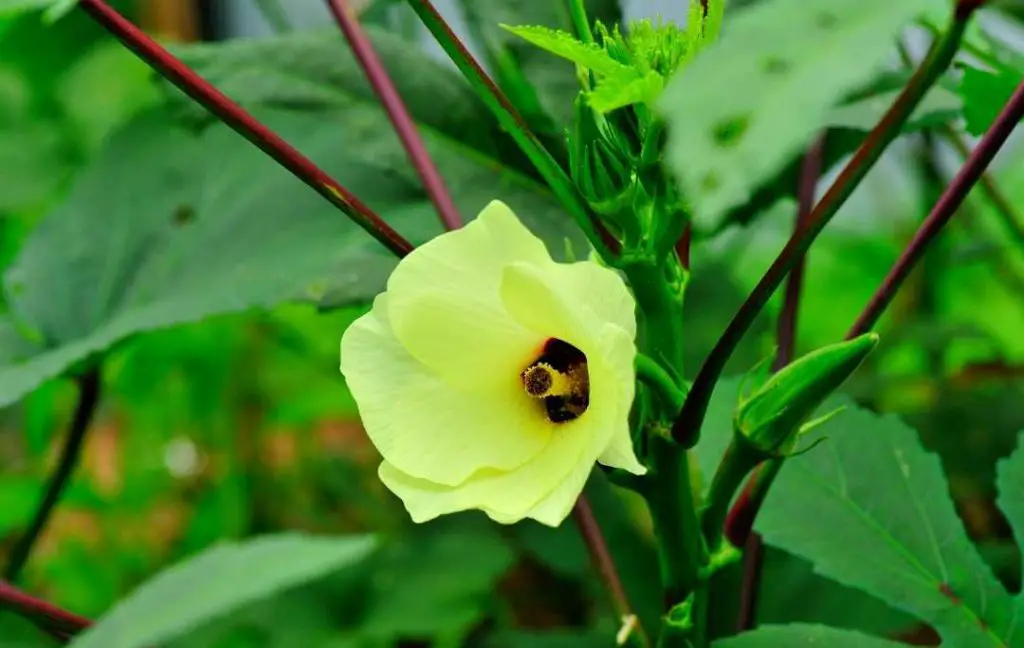
Okra likes warm weather, that’s why you can’t plant seeds early. So you have to wait for the soil to become warmer. If the temperature of the soil is about 65 to 70°F then this is the right time for planting seeds.
But if you want to grow it earlier then you can easily sow the seeds in peat pots 3 to 4 weeks before the last spring frost date.
If you are living in a warm climate then you can sow the seeds outdoors in a raised bed three to four weeks before the last spring frost date. Cover the seeds with a grow tunnel or cold frame so your seeds will be protected from frost.
But these covers should be 2 to 3 feet tall so your plants get ample space to grow well. But it is recommended to wait for stable weather.
CHOOSING AND PREPARING A PLANTING SITE
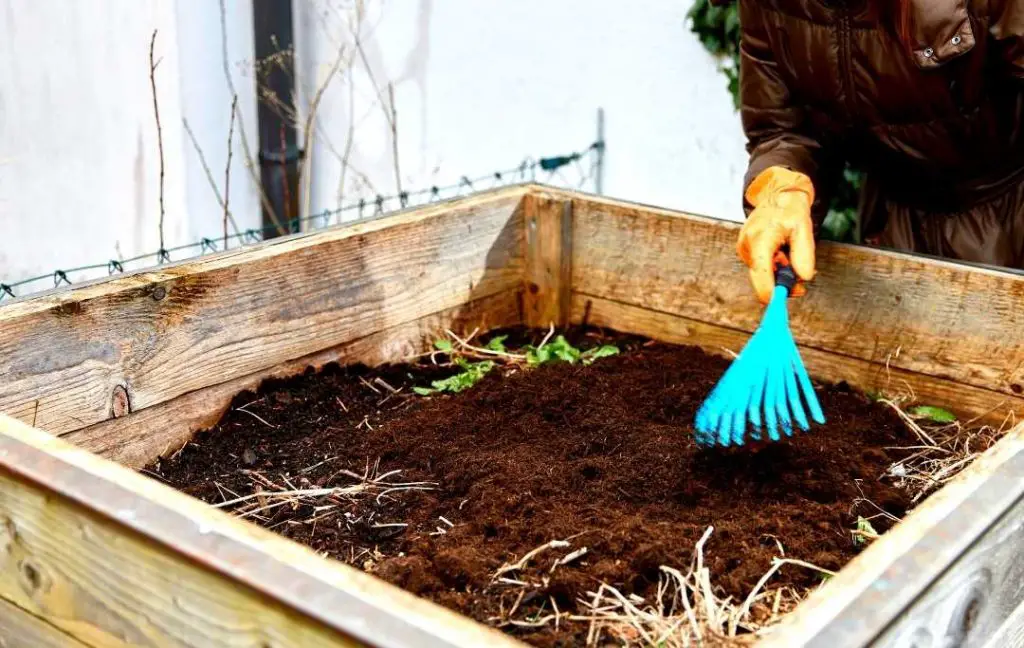
After building a raised bed for your vegetables the next step is choosing the location of your raised bed. You should be very careful in choosing the location.
Sunlight, water, soil, and air are the main factors that are necessary for your plants so select a perfect location for the healthier yield of your plants.
- Choose the best location for your raised bed so your okra plants will get sufficient sunlight. As you know okra is a summer crop it means okra appreciates full sun.
- Okra has adaptable nature and it can adjust in most of the soil but if we talk about the best type of soil for okra then it is well-drained soil that has all the organic nutrients. If you want to make your soil rich in organic materials, you can add amendments in the form of compost or fertilizer so the fertility of the soil will be increased.
- Okra is a heavy feeder and it needs a good amount of nitrogen. Acidic soil should be preferred for growing okra. It means the pH of the soil must be between 5.8 and 7.0.
RECOMMENDED VARIETIES
Many varieties are available of okra, you have a lot of options, some of them are going to describe below. Hope this information will help you in choosing the variety of okra.
Annie Oakley II
This variety has spineless pods and you will harvest it within 52 days. The maximum height of this plant is about 4.5 feet tall.
Park’s Candelabra Branching
In this type of variety picking the pods will become easier. It is a base branching okra plant.
Cajun Delight
This variety has dark green spineless pods. The maximum height of this plant is about 4 inches.
Louisiana Green Velvet
The height of this variety is very tall, about 6 feet. It means if you have a big area then you can grow them easily.
HOW TO PLANT OKRA?
There are two ways to grow okra in your raised bed. The first is from seeds and the other is from transplantings. Now we will discuss both methods one by one.
FROM SEEDS
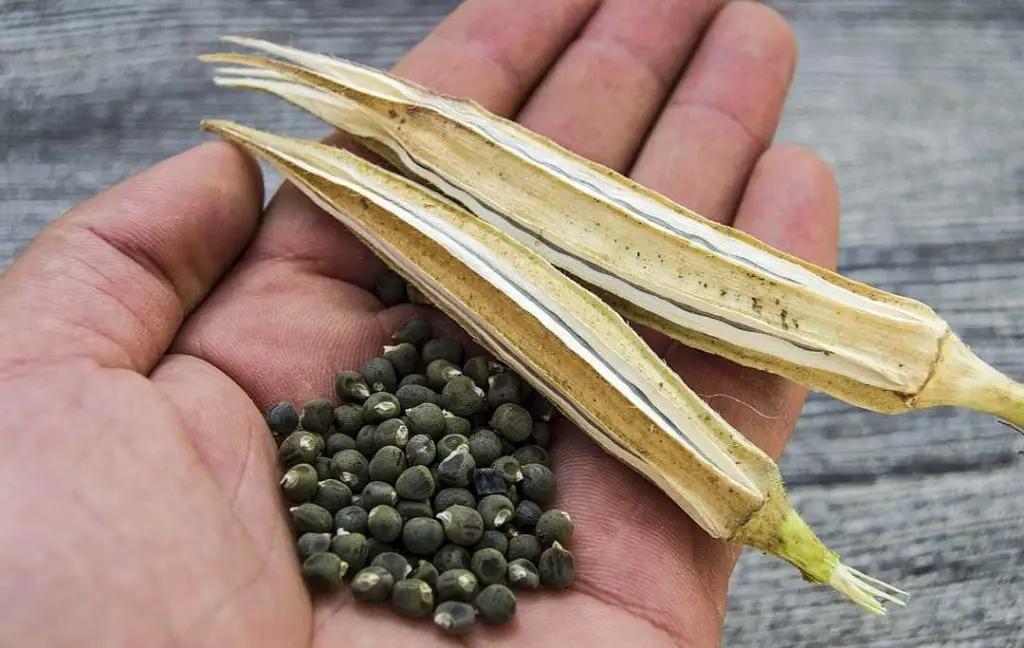
As okra does not grow well from transplant so most gardeners like to grow okra from seeds. Okra belongs to the hibiscus family because of the beautiful flowers it produces.
For the fastest germination of seeds, you should soak the seeds before sowing them in a raised bed. It is suggested that soak your seeds in milk so the seed coating will break down easily and they will germinate more quickly.
The best time of sowing seeds of okra is when day time temperature is about 85°F and night time temperature is about 60°F. Sow the seeds of okra ½ to 1 inch deep and the space between the seeds in a row should be 12 to 18 inches.
The distance between the rows should be 3 to 4 feet as okra plants are tall. After that generally rake the soil to cover the seeds.
FROM TRANSPLANT
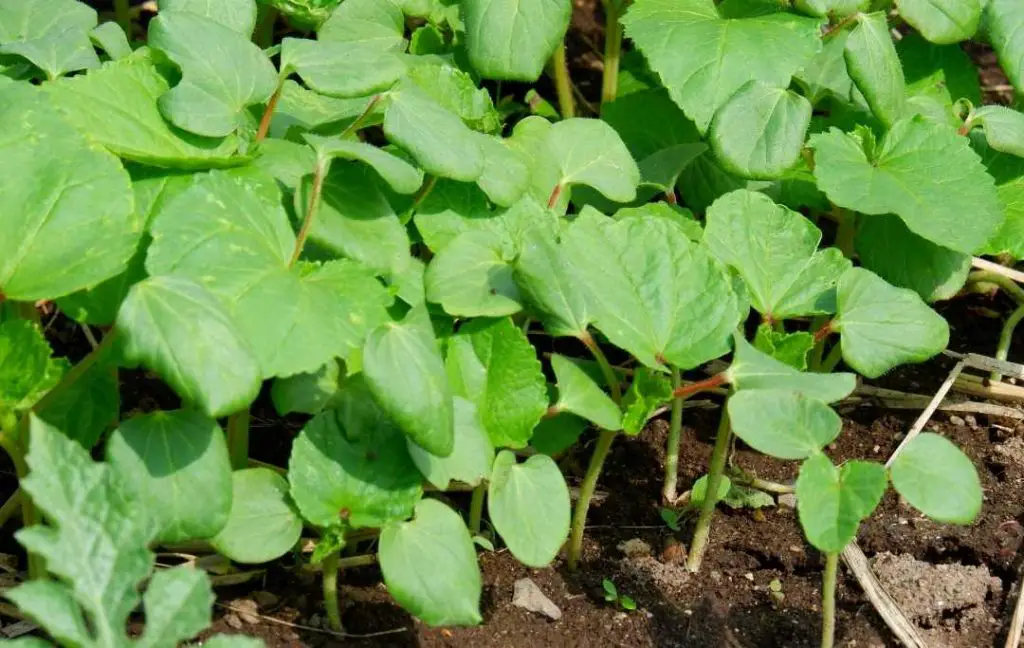
You can grow okra from a transplant but you should keep some important points in your mind. The first thing is the taproot of the okra is very long so buy a smaller transplant because the taproot of the smaller one is not reached at the bottom of the pot.
If you are living in a colder climate then you should go for a transplant instead of growing okra from seeds. Because the growing period of okra in a cold climate is very short as is mentioned above okra is a summer-loving vegetable.
One more thing in a cold region, okra plants will not grow very tall as compared to warm areas and yield will be comparatively less.
HOW TO TAKE CARE OF OKRA PLANTS?
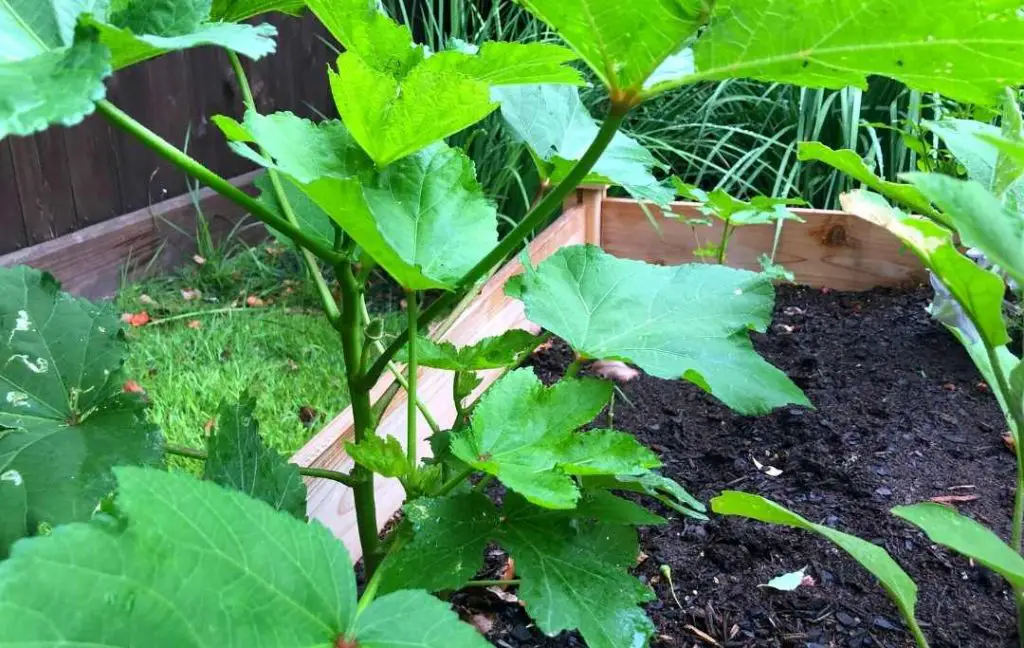
- Remove weeds when the okra plants are very young, you can also use a layer of heavy mulch of 2 to 3 inches high to prevent your plants from weeds.
- You can also add aged manure, 10-10-10, or rich composting. Liquid fertilizer is also a great option.
- Make sure there should be a distance of 12 to 18 inches between the seedlings if you have not done it before then do it by thinning the seedlings.
- As okra likes to grow in the summer season and loves sunlight but all these things make the soil dry so water regularly so the soil keeps moist. You can check the moisture of the soil with the help of a finger.
- Make sure your plants get one inch of water in a week but if you are living in an extremely hot region then you can give more water.
- After the first harvest, if you want to speed up the process of production then remove the lower leaves.
Also Read
COMPANION PLANTING WITH OKRA
Okra can grow up to 7 feet tall, the bottom of the plant is narrow. There is plenty of room so you can grow other veggies at the base of okra. You can grow squash, bush beans, and pole beans under your okra plants.
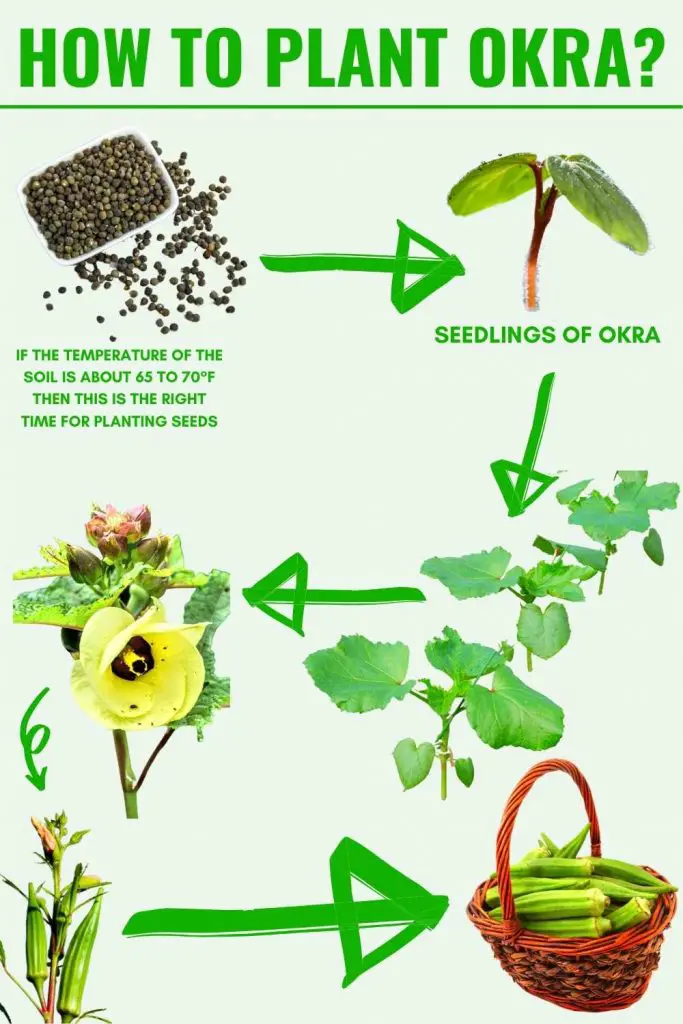
PESTS AND DISEASES
Okra is a green nutritive vegetable that is full of vitamins, calcium, protein, and other minerals. Like other vegetables, there is also a danger of pests and diseases.
You should keep an eye on your okra plants. Some common pests and diseases which are harmful to your okra plants are going to explain below.
APHIDS
This pest causes curling and deformation in the young leaves of okra plants. They secrete a substance on the leaves and you will see black and sooty mold on the affective part.
You should take action and destroy the affected part. To prevent your plants from aphids you can apply Dimethoate 300ml/150L of water.
WHITEFLY
This pest transmits a yellow vein mosaic virus disease in okra plants. Use a spray of Malathion or Monocrotophos or Dimethoate to prevent the crop from the attack.
ROOT-KNOT NEMATODE PESTS
This pest enters the roots of the plant and causes root knots or galls. You will see the yellow leaves and low production of the affected plant. If you apply Nemagon then you can protect the seedlings at an early stage.
POWDERY MILDEW
You can easily see the symptoms of this disease on young leaves. Premature defoliation and fruit drop can easily be observed. You will get a small size of fruit from the affected plant. Use a spray of Tridemorph or Penconazole to avoid such problems.
DAMPING-OFF
Wet soil, high humidity, cloudy weather, overcrowding are the reasons for this disease. Damping-off kills seedlings after emerging. You should avoid giving excessive water so the humidity can be reduced and the crop will be safe from the attack of this disease.
HOW TO HARVEST OKRA?
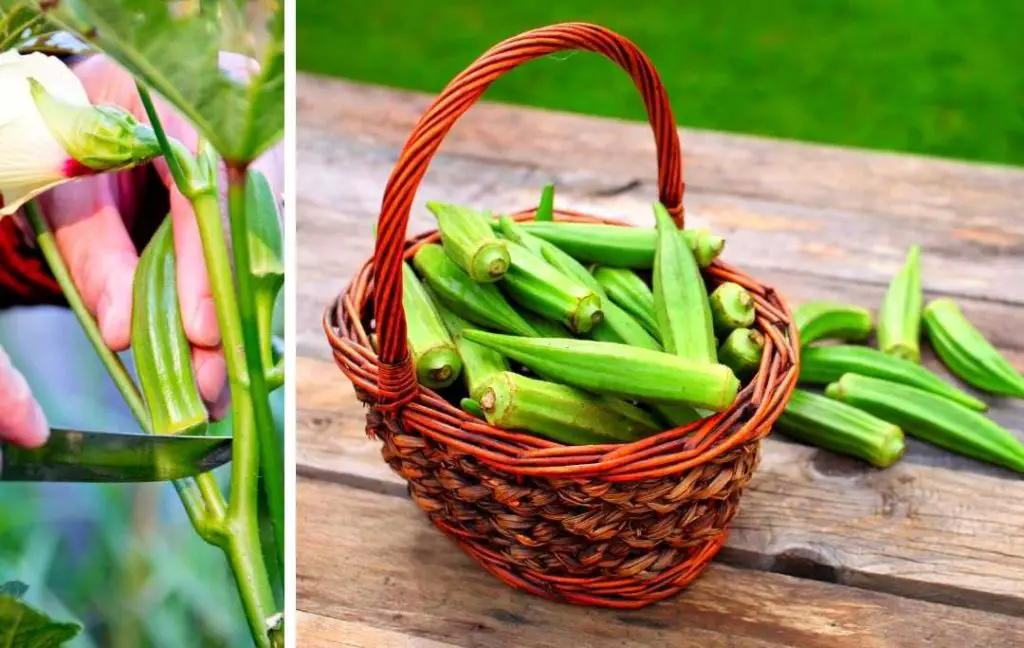
Mostly you can harvest okra in July. You should keep harvesting every day or two otherwise pods of okra will become very long, hard, and woody. It is better to harvest okra when the pods are very young. If you do not keep regular harvesting then the plants stop producing more pods.
- Within 2 months after planting, you can harvest okra. When you see okra is about 2 to 3 inches long then it is ready to harvest. But some varieties are still good if you grow them 4-5 inches long.
- For harvesting, you need a sharp cutter or knife. Remember to cut the stem just above the cap of the okra. If you face difficulty in cutting the stem because it is too hard, this pod is becoming too old and can be tossed. Because you can’t cook it, it is better to throw it.
- It is suggested that you should wear gloves and long sleeves during the harvesting because some varieties have spines so you have to follow the precautions because it will irritate your skin.
Also Read
HOW TO STORE OKRA?
Sometimes, you get more yield of okra, in that situation you can store the pods in the refrigerator. But for this purpose, you need a freezer bag. Put all the fresh and uncooked okra in the bags and freeze them so you can use them throughout the winter season.
